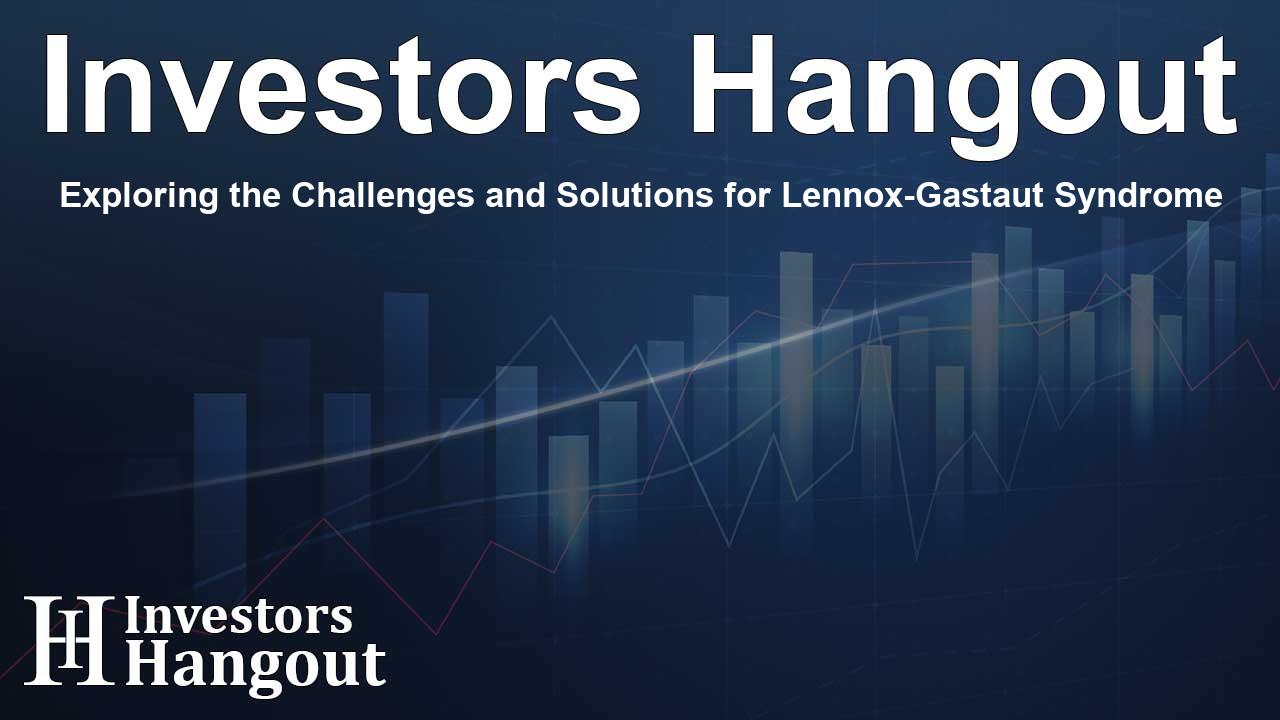Exploring the Challenges and Solutions for Lennox-Gastaut Syndrome

Understanding the Burden of Lennox-Gastaut Syndrome
Lennox-Gastaut syndrome (LGS) is a complex condition affecting many individuals globally. This severe form of epilepsy usually begins in childhood and is characterized by a variety of seizure types, which can severely impair cognitive abilities and overall development. Recent discussions at a key European congress have shed light on the significant challenges and unmet needs facing those with LGS.
Diagnostic Delays in Identifying LGS
One of the most pressing issues highlighted is the prolonged time it takes to accurately diagnose LGS. On average, patients endure a staggering wait of approximately 12.3 months after experiencing their first seizure, which typically occurs around 4 years of age. This delay can have profound implications for the management and treatment options available to these patients and their families.
The Need for Timely Diagnosis
This extensive waiting period not only leaves patients vulnerable to continued seizures but may also cause additional strain due to the other challenges presented by the condition, including non-seizure related symptoms.
Challenges Beyond Seizures
Interestingly, despite the average individual receiving more than three antiseizure medications daily, the treatment of LGS remains troublesome. Data indicates that over 71% of patients deal with at least one comorbidity, such as cognitive impairment and attention deficit hyperactivity disorder (ADHD). Many patients also report ongoing feelings of despair regarding their quality of life. A significant percentage admit that daytime seizures drastically impact their daily existence.
Developing New Treatment Avenues
The strain of caring for someone with LGS—whether for medical, emotional, or social well-being—is considerable. This underscores the urgent need for novel treatment solutions that can holistically address the various aspects of this syndrome, directly targeting both the seizures and associated non-seizure symptoms.
Insights from Medical Professionals
Dr. Konrad Werhahn from UCB emphasizes that the ramifications of LGS spread well beyond the convulsions. Severe cognitive hindrances and behavior-related challenges commonly coexist, highlighting the necessity for a comprehensive, multi-faceted approach to patient care. Adequate solutions should encompass medical, educational, and psychological support tailored to individual needs.
Technological Innovations in Diagnosis
At the recent congress, a promising electronic decision-assisting tool was introduced, designed to help healthcare providers assess the likelihood of LGS in patients. This groundbreaking tool, developed by a consortium of epilepsy experts, uses diagnostic criteria recognized by the International League Against Epilepsy (ILAE). It is currently undergoing trials to ensure its effectiveness and reliability in clinical settings.
The Role of UCB
UCB is dedicated to advancing the understanding and treatment of complex conditions like LGS. Their commitment to support innovative solutions is prominent, as evidenced by their involvement in the development of the new diagnostic tool and their push for better treatment options. The company, headquartered in Brussels, focuses on addressing severe diseases affecting the nervous system and immune health.
Frequently Asked Questions
What is Lennox-Gastaut syndrome?
Lennox-Gastaut syndrome is a severe form of childhood epilepsy characterized by multiple seizure types and often accompanied by cognitive impairment.
How long does it take to diagnose LGS?
On average, it takes about 12.3 months after the first seizure for a patient to receive a proper diagnosis of LGS.
What are common comorbidities associated with LGS?
Patients often experience comorbidities such as cognitive impairment, ADHD, and sleep disorders.
Why are new treatments necessary for LGS?
Existing treatments often lack sustained effectiveness, underlining a strong need for innovative therapies that target both seizures and non-seizure symptoms.
How is UCB involved in the treatment landscape for LGS?
UCB is involved in developing new treatment options and diagnostic tools, striving to improve patient outcomes and support comprehensive care strategies.
About The Author
Contact Addison Perry here.
About Investors Hangout
Investors Hangout is a leading online stock forum for financial discussion and learning, offering a wide range of free tools and resources. It draws in traders of all levels, who exchange market knowledge, investigate trading tactics, and keep an eye on industry developments in real time. Featuring financial articles, stock message boards, quotes, charts, company profiles, and live news updates. Through cooperative learning and a wealth of informational resources, it helps users from novices creating their first portfolios to experts honing their techniques. Join Investors Hangout today: https://investorshangout.com/
The content of this article is based on factual, publicly available information and does not represent legal, financial, or investment advice. Investors Hangout does not offer financial advice, and the author is not a licensed financial advisor. Consult a qualified advisor before making any financial or investment decisions based on this article. This article should not be considered advice to purchase, sell, or hold any securities or other investments. If any of the material provided here is inaccurate, please contact us for corrections.
